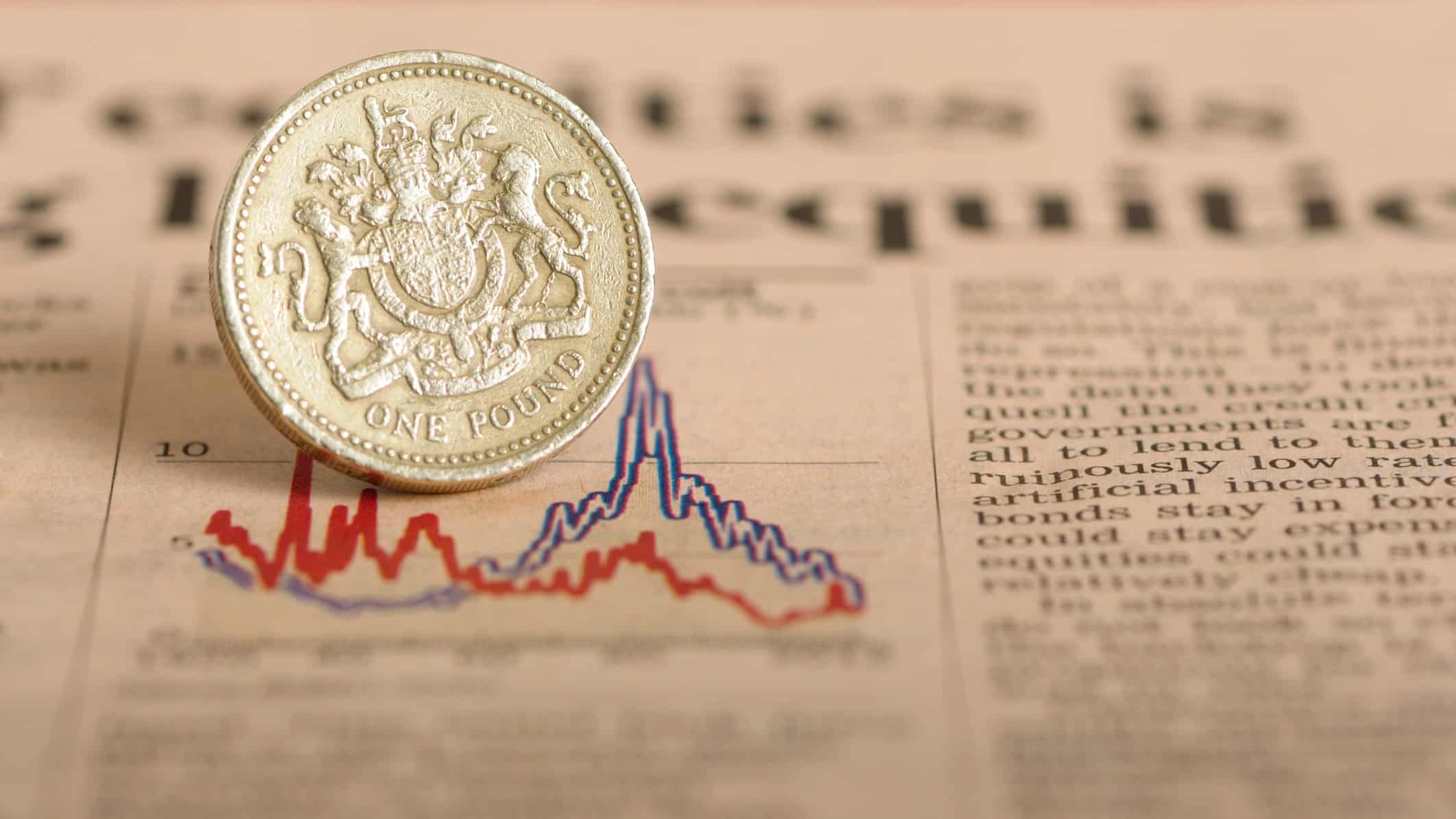The great thing about savings accounts is that they are really safe. The first £85,000 per person per bank is protected by a government-backed safety net. However, I know few people who got rich solely from saving in cash. Meanwhile, investing in stocks is risky, even in bank shares.
Savings account rates rise
Recently, until 2022, savings accounts offered ultra-low interest rates. Some savings accounts paid yearly interest of just 0.01%. To me, that’s hardly worth having. After all, inflation (the rising cost of living) quickly eats away at cash’s future spending power.
Since December 2021, the Bank of England has raised its base rate 10 times. Today, it stands at 4% a year. Table-topping savings accounts offer 3% to 4.5% a year in interest, depending on how money is locked in.
Of course, everyone should put aside cash in an emergency fund for those inevitable rainy days. But my wife and I prefer to risk our money, putting it to work to earn higher returns. And that’s why the vast bulk of our capital is invested in shares.
Banks boost their profits
British banks are making headlines at the moment for being stingy with their deposit interest rates. Instead of lifting these in line with the surging base rate, they’ve instead chosen to boost their own profits. Hence, they have widened their net interest margins — the spreads they earn between lending rates and savings rates.
While MPs and consumer groups grumble about greedy British banks, I have no loyalty. If I’m unhappy with my deposit rates, I swiftly switch my savings to new providers. My friend Martin Lewis at MoneySavingExpert is one very vocal advocate of this approach!
I prefer bank shares to savings accounts
If banks are making bigger profits from us consumers, then maybe I should buy bank shares? Here are the current stock fundamentals for the shares of Britain’s ‘Big Four’ banks:
| Bank | Barclays | HSBC Holdings | Lloyds Banking Group | NatWest Group |
| Share price | 175.83p | 625.83p | 51.64p | 285.78p |
| 52-week high | 202.35p | 626.3p | 54.33p | 313.1p |
| 52-week low | 132.06p | 434.7p | 38.1p | 196.91p |
| 12-month change | -8.2% | +14.5% | +1.4% | +11.8% |
| Market value | £27.9bn | £124.5bn | £34.8bn | £27.7bn |
| Price-to-earnings ratio | 5.9 | 12.4 | 8.6 | 7.9 |
| Earnings yield | 16.9% | 8.0% | 11.7% | 12.7% |
| Dividend yield | 4.1% | 3.5% | 4.1% | 4.8% |
| Dividend cover | 4.1 | 2.3 | 2.8 | 2.6 |
That’s a lot of figures to take in, but as a value/income/dividend investor, my focus is on the dividend yield and cover. Cash yields at these four banks are all decent, ranging from 3.5% a year at global mega-bank HSBC Holdings to 4.8% a year at NatWest Group (formerly Royal Bank of Scotland).
What’s more, dividend cover at all four big banks is comfortable, ranging from 2.3 times at HSBC to an impressive 4.1 times at Barclays. To me, these high levels of cover suggest that these banks’ cash payouts are unlikely to be cut in 2023. In fact, I expect these cash payouts to rise this year.
Finally, my wife and I already own shares in Barclays and Lloyds Banking Group in our family portfolio. And despite dark clouds gathering over the UK economy, I’d happily more more cheap shares in these two banks. I’ve also added NatWest to my buy watchlist. But I shall wait until the new tax year before buying any more bank shares!








